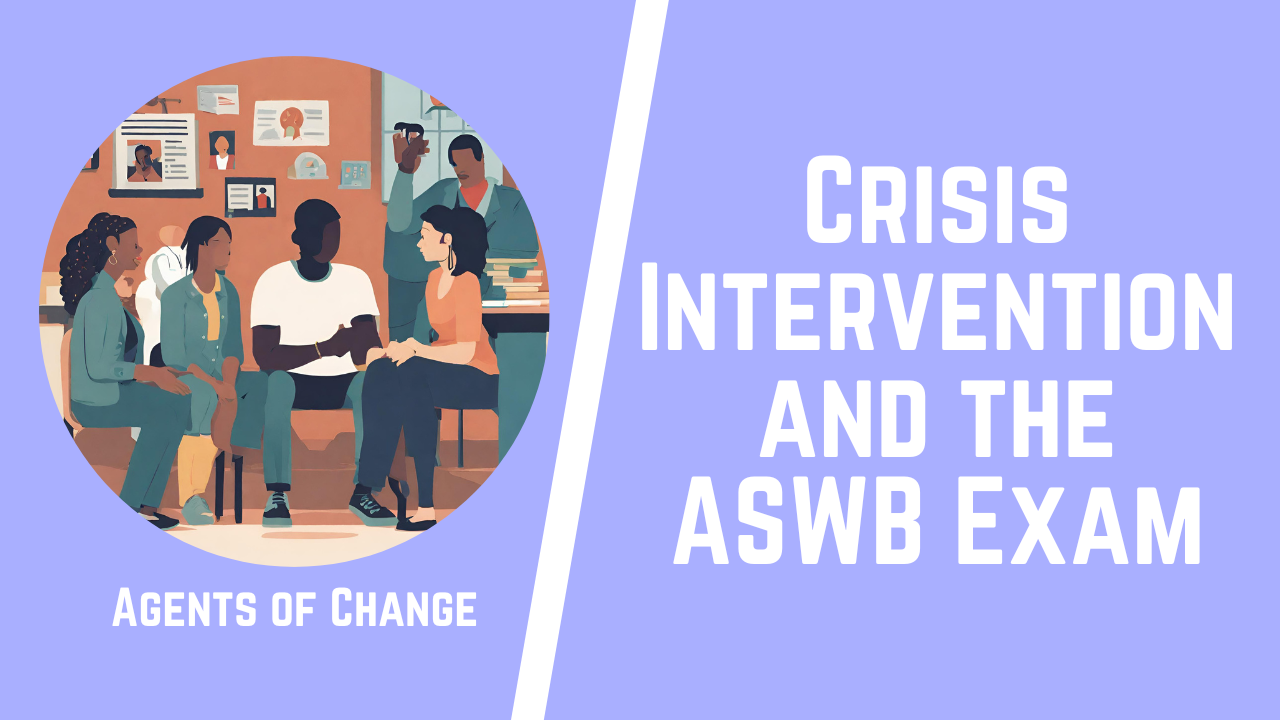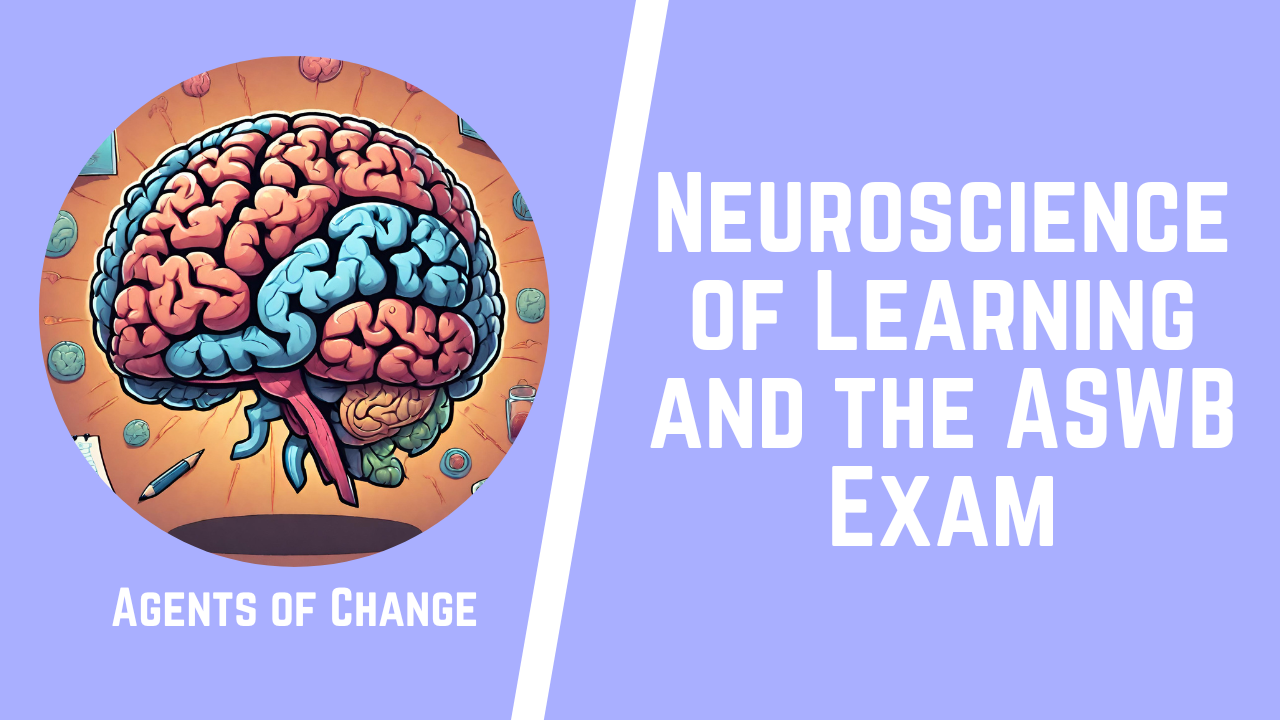The Association of Social Work Boards (ASWB) Exam is a significant milestone for every Social Work professional. Success in this examination requires a comprehensive understanding of core principles and concepts in social work.
Two such fundamental concepts, positive reinforcement and negative reinforcement, are often seen as challenging topics by test-takers. So, the question emerges – how can social work professionals, already managing full-time jobs or other commitments, effectively prepare for these complex topics?
In this article, we will offer insightful strategies for mastering reinforcement and negative reinforcement for the ASWB Exam, specifically tailored for those navigating a busy schedule. Let’s delve into the essence of these concepts and explore how they can be learned, understood, and applied effectively!
1) Positive and Negative Reinforcement
Before we hit the ground running, let’s understand these important concepts – positive and negative reinforcement. A firm grip on these concepts will get you closer to that passing score on the ASWB Exam.
Positive Reinforcement
Quite simply, positive reinforcement is about adding something pleasant to boost a certain behavior. It’s like rewarding your dog with a bone for fetching your slippers – the tasty bone (positive stimulus) strengthens the fetching action.
It’s important to note that Positive Reinforcement does NOT mean “good.” Positive refers to adding something to increase a behavior.
Examples of Positive Reinforcement
- Rewarding Good Grades: Imagine a child who brings home a good report card from school. The parents, thrilled with their child’s performance, reward them with their favorite meal or a new toy. Here, the reward serves as positive reinforcement, increasing the likelihood that the child will strive to continue earning good grades.
- Employee Recognition: In a workplace setting, an employee who goes above and beyond their regular duties might be publicly recognized for their efforts, or perhaps receive a bonus. This recognition or bonus acts as a positive reinforcement, encouraging the employee to maintain their high level of performance.
- Training a Dog: As we mentioned before, when training a dog, positive reinforcement is often used. For example, when a dog sits on command, the owner might give the dog a treat or offer praise. The treat or praise reinforces the behavior, making it more likely that the dog will sit on command in the future.
Negative Reinforcement
Negative reinforcement, however, involves removing something unpleasant to encourage a particular behavior. Picture this: you hit snooze on your buzzing alarm clock to enjoy a few more precious minutes of sleep. The act of silencing the irritating noise (negative stimulus) strengthens your snooze-hitting habit.
It’s important to note that Negative Reinforcement does NOT mean “bad.” Negative refers to removing something to increase a behavior.
Examples of Negative Reinforcement
- Fastening Seatbelts to Stop the Warning Sound: In many modern vehicles, if the seatbelts aren’t fastened, the car will make a persistent and annoying warning sound. Once you fasten the seatbelt, the sound stops. This reinforces the behavior of fastening the seatbelt to avoid the unpleasant noise.
- Applying Sunscreen to Avoid Sunburn: When going out in the sun, applying sunscreen can prevent the unpleasant experience of getting sunburned. This can reinforce the habit of applying sunscreen before heading outdoors.
- Snoozing an Alarm: An alarm clock ringing early in the morning can be considered an unpleasant stimulus for many people. When you hit the snooze button and the noise stops, you’re negatively reinforcing the behavior of hitting the snooze button.
Why do these concepts matter for the ASWB Exam?
Positive and negative reinforcement are integral to behavioral theory principles, which form the cornerstone of Social Work practice. Consequently, understanding these concepts is vital for your performance in the ASWB Exam.
2) Study Strategies for Reinforcement and Negative Reinforcement Concepts
Now, let’s dive into some practical strategies to conquer positive reinforcement and negative reinforcement behavioral theory concepts on the ASWB Exam.
- Relate to Real-Life Scenarios: Behavioral theory concepts can be complex, but relating them to everyday situations can make them easier to digest. Ever heard the saying, “seeing is believing”? Well, in our case, seeing (or in this case, imagining) is understanding!
- Practice, Practice, Practice: Get your hands on as many practice questions for these topics as you can. The more you practice, the better your understanding and recall will be.
- Take Advantage of Study Groups: Sharing and discussing concepts with others can deepen your understanding and provide new perspectives. All Agents of Change packages include 2 live study groups per month.
3) ASWB Practice Question on Reinforcement
Question: A Social Worker at a high school sets up a program to improve student attendance. The program includes a reward system where students receive a small prize if they attend school every day for a month. Which behavioral principle is the social worker using to improve attendance?
A. Punishment
B. Extinction
C. Negative reinforcement
D. Positive reinforcement
Answer: D. Positive reinforcement
Rationale: In this scenario, the Social Worker is using positive reinforcement, a key principle of behavior theory. Positive reinforcement involves adding a pleasant stimulus (in this case, a small prize) following a desirable behavior (attending school every day for a month) to increase the likelihood of that behavior recurring.
4) FAQs
To wrap things up, we’ve compiled some frequently asked questions about studying for the ASWB exam amidst a busy schedule.
Q: How can I efficiently study reinforcement and negative reinforcement behavioral theory concepts for the ASWB Exam?
A: Adopting active learning strategies, using real-life scenarios, practicing with sample questions, and making use of mnemonics can be effective ways to master these concepts. Learn more about Reinforcement, Negative Reinforcement, and get access to hundreds of additional practice questions with Agents of Change.
Q: How can I fit study time into my busy schedule?
A: Make the most of your idle time, set SMART study goals, engage in active learning, and focus on regular, short study sessions. Remember, consistency is key!
5) Conclusion
There you have it – a guide to acing reinforcement and negative reinforcement behavioral theory concepts on the ASWB Exam, even when life is pulling you in a million directions.
Remember, the key to juggling work, life, and exam prep lies in smart planning, effective learning strategies, and most importantly, believing in yourself. So, gear up, get set, and let’s conquer this exam together!
Learn more about Reinforcement, Negative Reinforcement, and get access to hundreds of additional practice questions with Agents of Change. We’ve helped thousands of Social Workers pass their ASWB exams and want to help you be next!
————————————————————————————————————————————————
► Learn more about the Agents of Change course here: https://agentsofchangeprep.com
About the Instructor, Meagan Mitchell: Meagan is a Licensed Clinical Social Worker and has been providing individualized and group test prep for the ASWB for over five years. From all of this experience helping others pass their exams, she created the Agents of Change course to help you prepare for and pass the ASWB exam!
Find more from Agents of Change here:
► Facebook Group: https://www.facebook.com/groups/aswbtestprep
► Podcast: https://anchor.fm/agents-of-change-sw
#socialwork #testprep #aswb #socialworker #socialwork #socialworktest #socialworkexam #exam #socialworktestprep #socialworklicense #socialworklicensing #licsw #lmsw #lcsw #aswbexam #aswb #lcswexam #lmswexam #aswbtestprep #aswbtest #lcswtestprep #lcswtest #lmswtestprep #lmswtest #aswbcourse #learningstyles #learningstyle
Disclaimer: This content has been made available for informational and educational purposes only. This content is not intended to be a substitute for professional medical or clinical advice, diagnosis, or treatment









